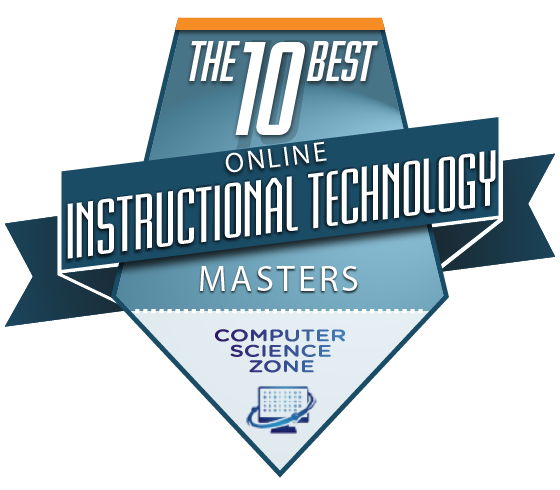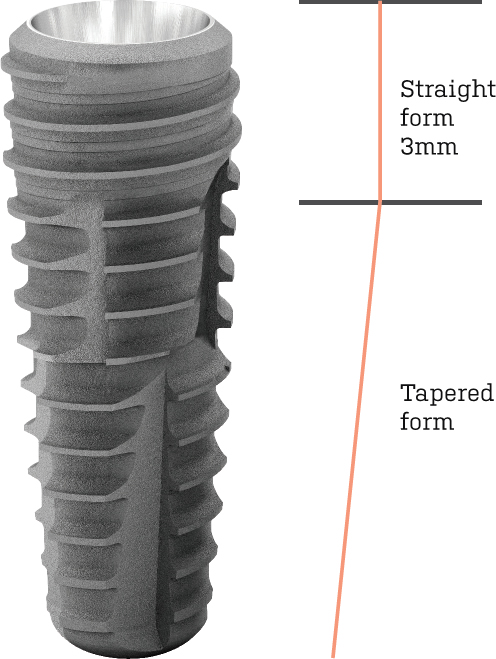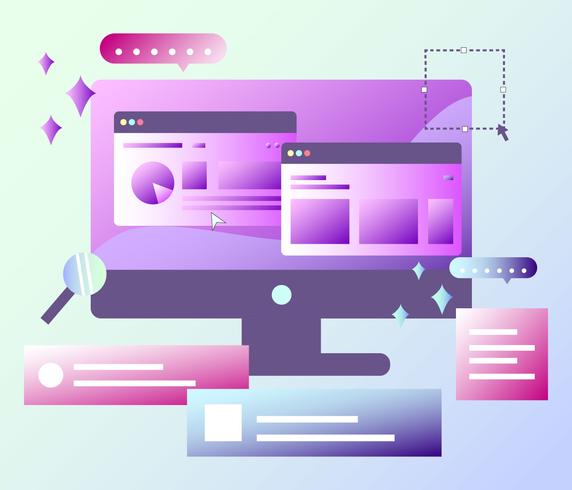Table Of Content

You’ll focus on teaching the design, delivery and evaluation of high-quality e-learning materials for in-service, preservice teachers and online trainers for both totally online and blended (hybrid) learning environments. Learning design and technology centers on the design, development and evaluation of learning experiences that address instructional needs, training problems or performance gaps. Learning design and technology practitioners use iterative approaches, such as design thinking, to assess what their target audience knows and what they need to know. They use this information to develop a variety of instructional, training and performance programs across a wide range of organizational and higher education learning environments. The Master of Science in Instructional Design and Technology (MSIDT) degree program is designed to provide you with the skills and competencies required to become an emerging expert who is work-ready in the field of instructional design. Pacific, the innovative competency-based education (CBE) curriculum assesses your application of skills and competencies within projects which become part of your portfolio that can be shared with employers.
Multimedia in Education and Training
Learn about federal financial aid programs available for many of our degree programs. Purdue Global works with students to find ways to reduce costs and make education more accessible. Contact us to learn about opportunities to save on your educational costs. Course materialsGraduate students can purchase textbooks and other instructional materials through the University Bookstore or elsewhere online. Students should verify what materials are needed with their instructor. ELearning doesn’t have to be a content-focused experience that leaves learners overwhelmed and wondering how it all applies to them.
Professional Specialization
Bureau of Labor Statistics, the demand for instructional coordinators at the K-12 level is set to grow by 7% from 2021 to 2031. There is a similar need for training and development specialists in the corporate world with demand projected to increase by 8% over that same period. To an unprecedented degree, our schools, governments, and corporations are looking to emergent technologies to enhance learning environments and improve outcomes. To succeed, these efforts must be guided by empirically grounded education design theory and principles. The capstone was designed to help students develop a career plan and apply what they have learned throughout the program to their future work.
Courses in this program
As a student at Georgetown, you’ll become part of the Jesuit tradition of working to make the world a better place. Our program is one of the few in the U.S. that focuses on how to address the issues of equity, access and justice in the higher education landscape. Whether you want to effect change on local or international levels, our home in DC provides numerous opportunities and connections.

Georgetown University’s Master of Arts in Learning, Design, and Technology (LDT) is for individuals eager to make a difference in higher education by creating innovative learning experiences for all students. Through this program, you’ll gain the necessary knowledge and skills to become a catalyst for positive change in education. Situated in Washington, DC, our program offers unparalleled opportunities to connect and advance professionally in the fields of education and instructional design. We are proud to be the only master’s program in the world developed by a center for teaching and learning. Our cutting-edge curriculum integrates learning, design, technology innovation, learning analytics, and critical studies in higher education, delivering a comprehensive education that prepares you for the complex education landscape.
What is the structure of the M.S. in Instructional Design and Technology program?
Incorporating storytelling into your design is a great way of making content easier to understand and feel relevant to the learner. But remember, how well you design stories into your courses is what determines its success. Joe Mares is an interactive experience designer with over 18 years of experience and multiple awards for his game design. He has created everything from video games, board games, theme park attractions, XR experiences and more.
Are the courses asynchronous? Are there any synchronous required meetings?
Students will learn the design and development principles of digital applications to increase learning, productivity and support performance. The students will also explore multimedia learning theory as a framework for instructional design to facilitate the human-computer interaction. Develop, implement and evaluate multimedia instructional materials, and explore ways to bring instructional design to industries outside of the educational field.
Our alumni members are very collaborative and enthusiastic, often providing mentoring opportunities to current students advancing through the program. They also provide supplemental professional development and webinars, as well as participate in networking events. The program duration is 5 semesters, including a required summer semester. Each semester, students enroll in two graduate courses (3 units each course). Higher education faces many challenges and opportunities—the (post-) pandemic pedagogies, equity and access, artificial intelligence, value and cost, climate change, demographic shifts, digital technologies, curricular alignment with workforce needs, etc.
Application Deadlines
Accreditation and recognitions provide evidence that we meet standards for quality of faculty, curriculum, learner services, and fiscal stability. Learn how to use instructional design theory in real-world learning situations as part of your coursework. These meetings have additional fees, which are non-refundable, subject to change, and assessed at the same time you take the first semester of the program. The fees have been approved by the Chancellor with a specific Executive Order that includes the $345 Boot Up fee and the $228 Midpoint fee. Survey current trends and issues of importance to the field of instructional technology. K–12 teachers, administrators and dedicated learning managers graduate ready to integrate technology and create optimal learning materials that help learners of all ages and abilities reach their full potential.
NC State College of Education's Online Master's Programs Ranked #1 for Veterans in N.C. - NC State College of Education News
NC State College of Education's Online Master's Programs Ranked #1 for Veterans in N.C..
Posted: Tue, 26 Jan 2021 08:00:00 GMT [source]
Lynchburg’s comprehensive curriculum is designed to educate and inspire, fostering a culture of inquiry and a passion for academic exploration. Here, you’ll transform educational outcomes by applying cutting-edge strategies and collaborating with educational institutions to make a significant impact at the local, regional, and even global levels. The knowledge gained through the Educational Technology program allows candidates to seek new career paths in education. Graduates from this program have the skills to become computer teachers, instructors at the community and college and university level and instructional designers.
The Educational Technology track in the Instructional Design and Technology MA program requires a minimum of 36 credit hours beyond the bachelor's degree. The curriculum includes 12 credit hours of instructional technology core courses, 12 credit hours of professional specialization, nine credit hours of electives, and three credit hours of practicum. MS in Instructional Design and Technology degree-seekers have many options when it comes to choosing the program that is right for them.
Additionally, this course explores the types of learning analytics that various technologies generate and the ways in which they can be used to better understand learner progress and optimize the learning experience. This first of two foundational courses introduces Design Thinking and instructional design models, processes, and approaches. This course demonstrates how learning theories and instructional frameworks can be applied to facilitate deep learning, motivation, and engagement.
Please contact Dr. Gautreau to find out more information about this option. It is all dependent on how soon we receive your application items, including transcripts. Once we have all application items, we can place you into review. Although we usually notify applicants within a week or two after review, sometimes it can happen later, depending on how early you applied for the new upcoming semester.
In addition to the core courses, you will focus your instructional design and technology courses on working with adults. You'll have the opportunity to review design and development models, technology, pedagogy, and management principles and practices used in instructional design in corporations, the military, and nonprofit training environments. Knowing how to design learning experiences in today’s world (whether it be in higher education, K12, healthcare, or business) is no easy task. It requires having a full understanding of instructional design theories, practices, models, and learner needs. Organizational functions have begun to eye Agile methods as an attractive option for project management, decision making and prioritization. While eLearning teams can benefit greatly from adopting Agile, this workshop addresses specific adaptations to Agile methods proven to be effective for instructional designers and developers.
One important measure of a degree’s value is the reputation of the university where it was earned. When employers, industry leaders, and academic experts hold your alma mater in high esteem, you reap the benefits of that respect. WGU is a pioneer in reinventing higher education for the 21st century, and our quality has been recognized. WGU has Program Mentors who work with you from the day you start, all the way through graduation.











